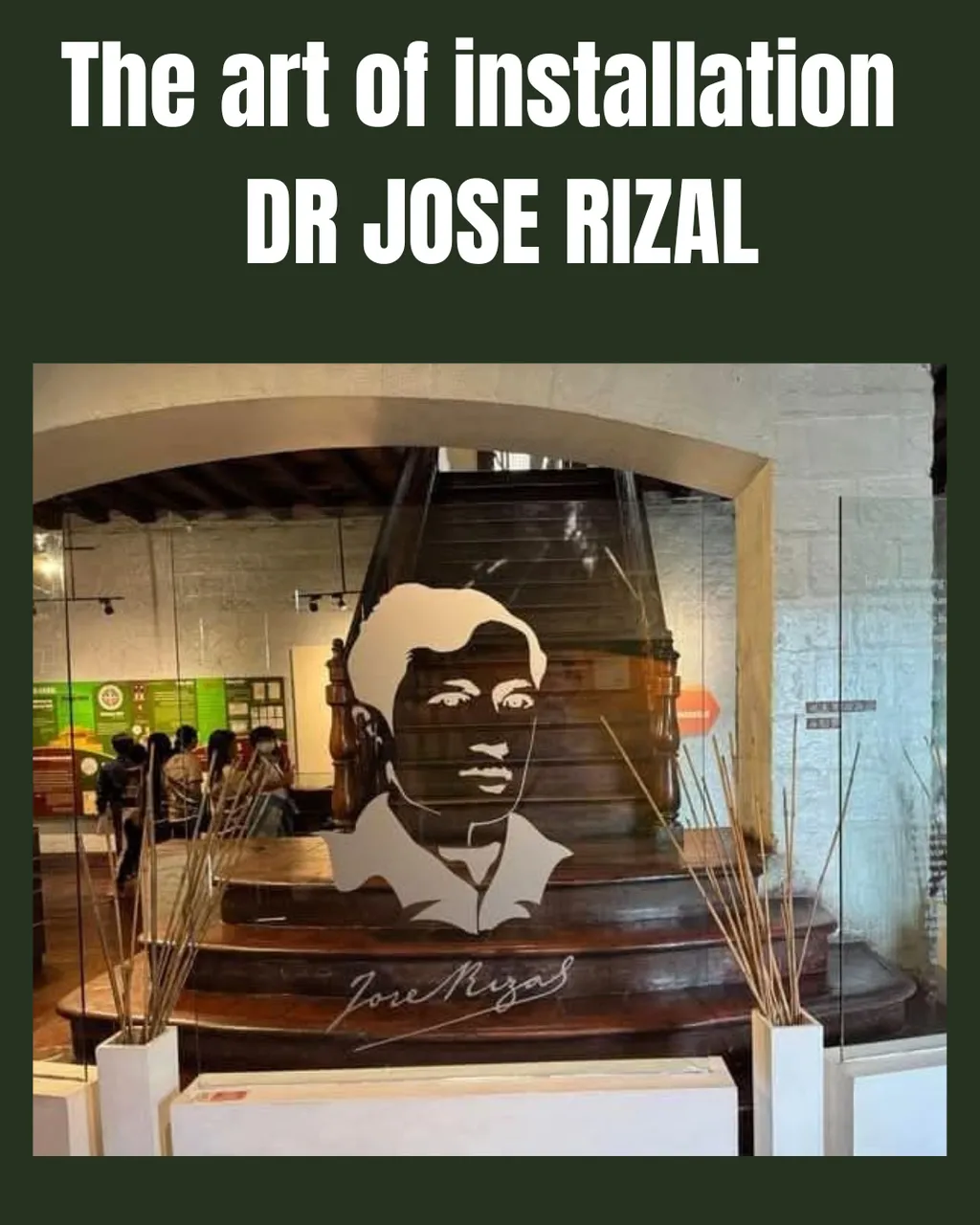
Hello univers hello hiver's I'm back im here to shair in my journal in Calamba Laguna Philippines. I visited a home filled with history The House of Jose Rizal. It is not just an old house; it feels like a living memory of our Filipino identity. As I walked across its wooden floors and gazed at its historic walls, I could feel the presence of the past Rizal’s childhood, his family, and the dreams that sparked change. In this simple journey, I found not just the home of a hero, but the heart of our history.
Here are some photos I took come and take a closer look.
These were taken on June 19, 2025.
On that day, we were in the hometown of our national hero, Dr. Jose Rizal. It was his birthday.
We went there to set up a small stall, as there was a big celebration taking place.
That day, people gathered to commemorate the birth of our beloved national hero, Dr. Jose Rizal.
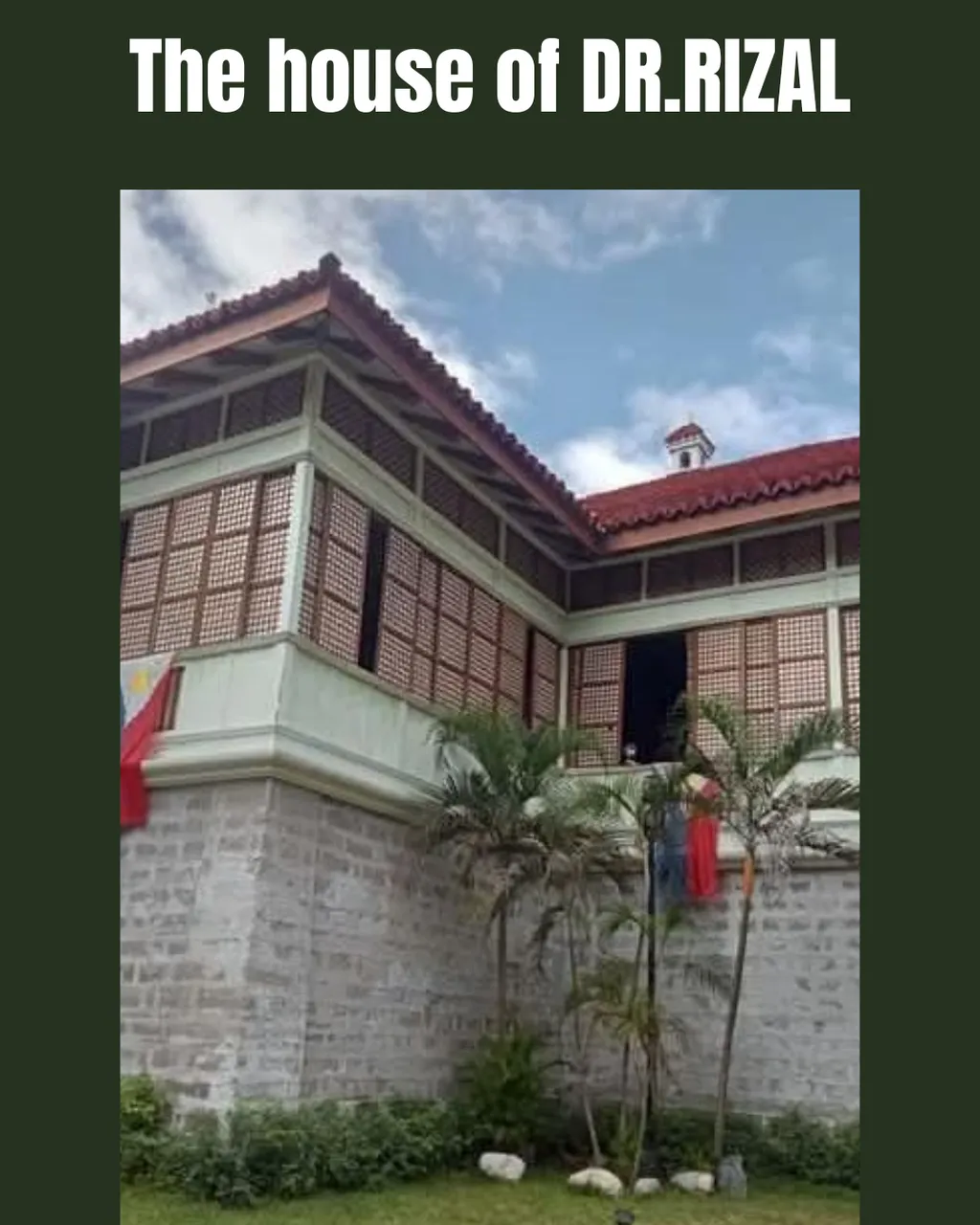
THE HOUSE OF( DR.JOSE RIZAL)
Rizal’s House:
In this photo stands the childhood home of our national hero, Dr. Jose Rizal a house built not just of stone and wood, but of dreams, memories, and a deep love for the nation. Within its windows and pillars lie the quiet moments of his youth and the beginnings of his awareness of the struggles faced by his people. This house in Calamba silently witnessed the awakening of a mind that would one day shine a light across the country. It reminds us that even in a simple home, the heart of a hero can be born.
Matatagpuan ito sa bayan ng CALAMBA LAGUNA
The house was reconstructed in the 1950s on the exact site of their original home, which was destroyed during the war. It now stands proudly as a symbol of the historical legacy of the Philippines' national hero.
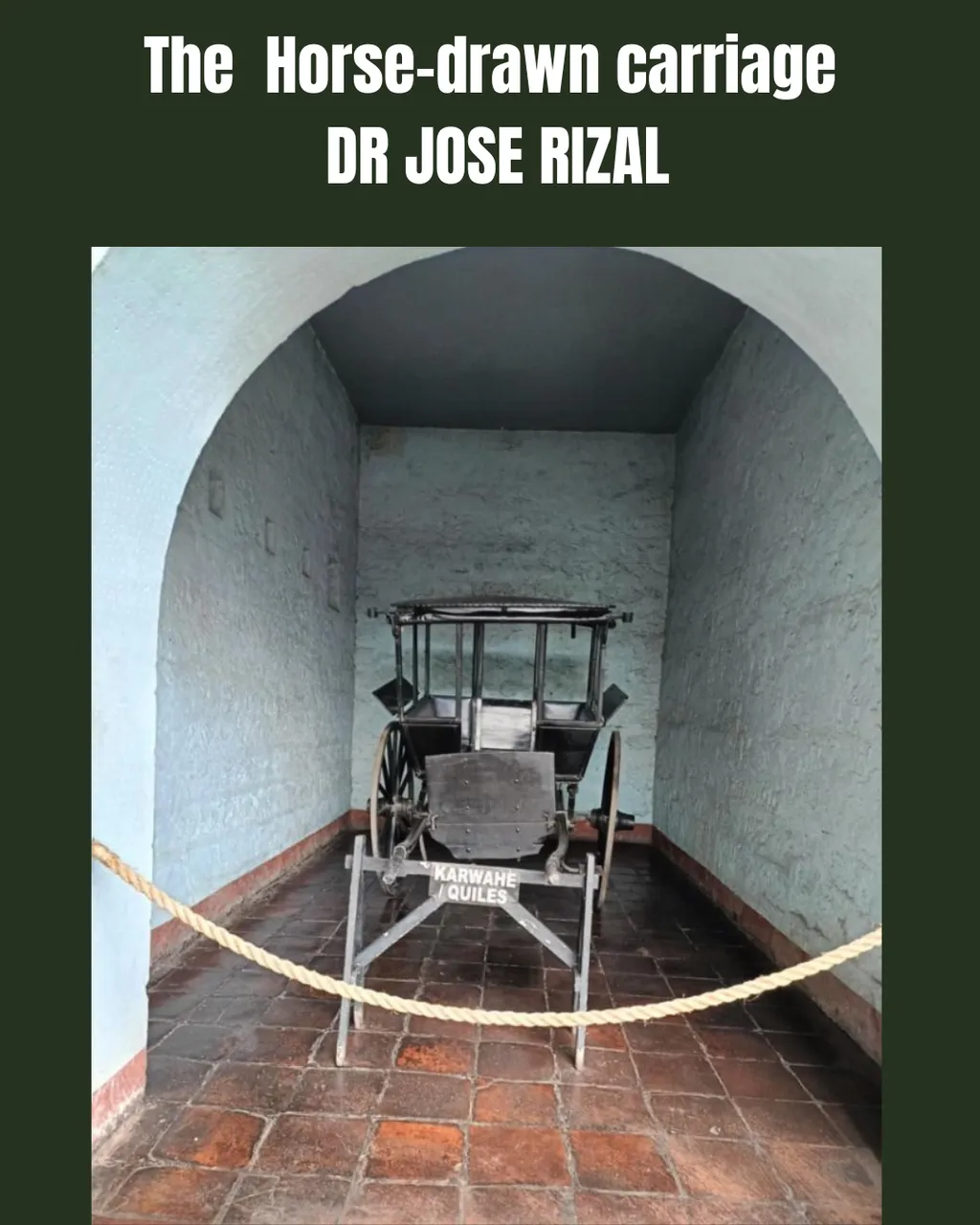
(THE HOURE DRAWN CARRIAGE DR.JOSE RIZAL)
This horse drawn carriage, found in the house of Dr. Jose Rizal, is a reminder of a time when such vehicles were the primary means of transport for the educated and respected members of society. It was likely used by Rizal during important trips around town, visits to the church, or family outings. Though simple in design, it carries a deep historical significance reflecting a time of quiet struggle, anticipation, and preparation in the life of a man destined for greatness. With every turn of its wheels, it echoes the journey of a hero in the making.
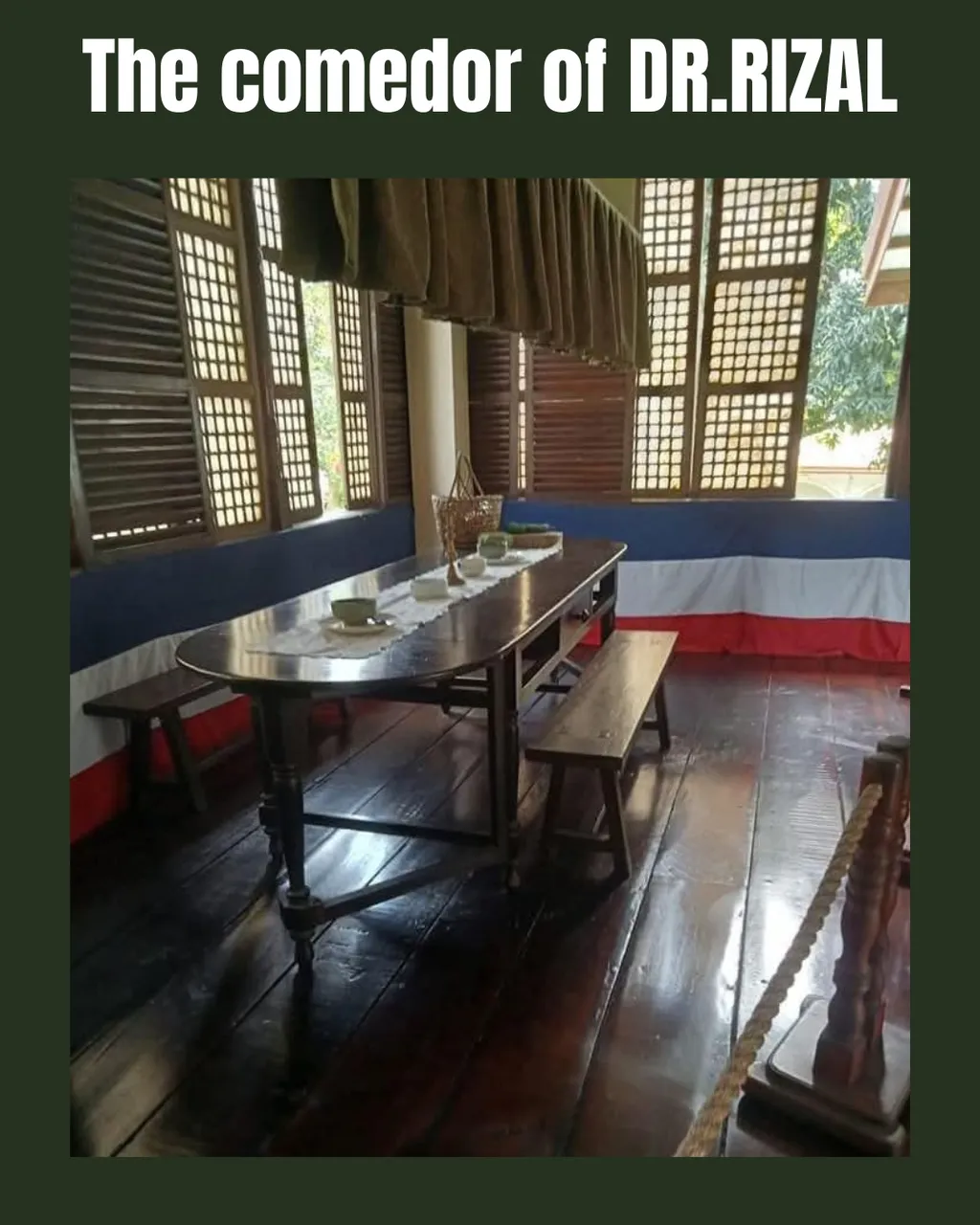
(THE COMEDOR OF DR.JOSE RIZAL)
In this photo, we see the comedor or dining area inside the house of Dr. Jose Rizal in Calamba, Laguna a simple yet historically rich part of their home. This is where the Rizal family would gather to share meals, a symbol of unity and love within the household. The long wooden table and benches reflect a time of discipline, respect, and strong family ties. Perhaps in these quiet meals, young Pepe (Jose Rizal) was already absorbing the values and lessons that would later shape his patriotic spirit and brilliant mind watching the world from within these humble walls he would one day seek to transform.
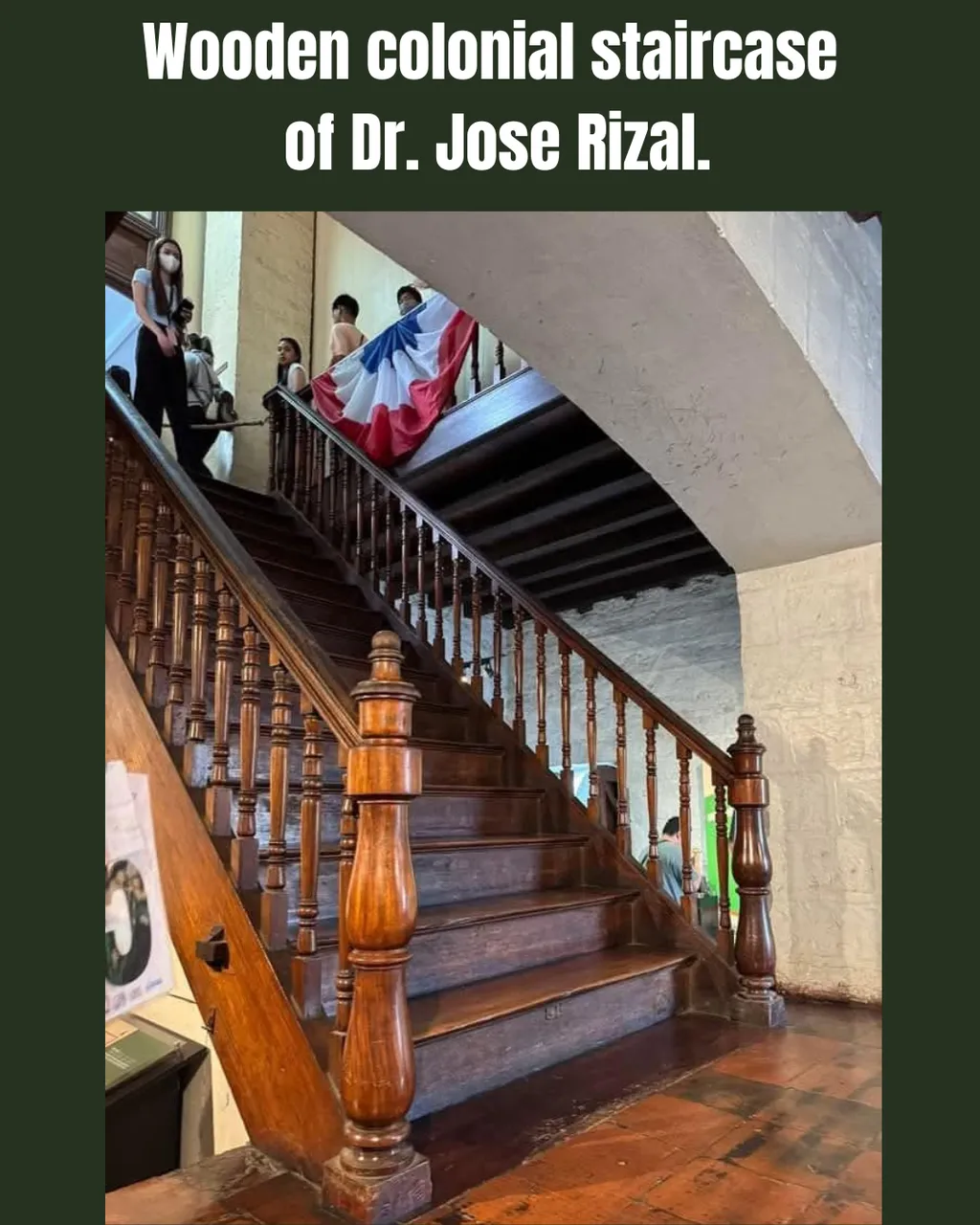
WOODEN COLONIAL STAIRCASE OF DR. JOSE RIZAL
this old wooden staircase in the house of Dr. Jose Rizal is more than just a passage upward it is a silent witness to the early steps of a young boy who would one day become the national hero of the Philippines. With each step Pepe took on these stairs, his dreams and curiosity about the wider world grew. The sound of his footsteps echoed like the beginnings of a history being written within their home. Today, this staircase remains strong like the memory of Rizal himself, continuing to inspire every Filipino who walks through it.
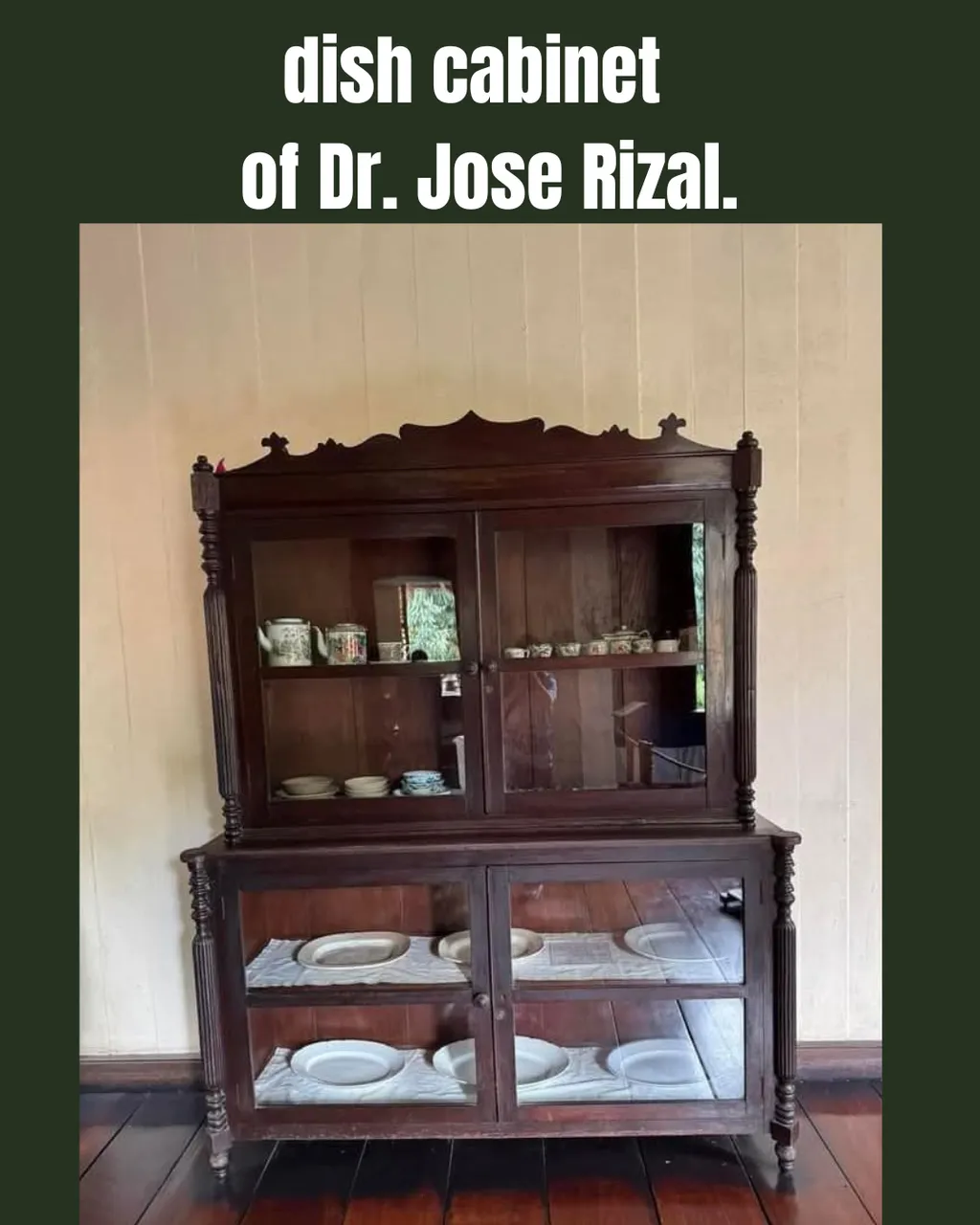
DISH CABINET OF DR JOSE RIZAL
This dish cabinet from the house of Dr. Jose Rizal is a quiet witness to the everyday life of his family. Inside it were kept the plates, cups, and utensils used during their simple family meals—moments filled with stories, laughter, and lessons about life. Perhaps it was during these meals that young Pepe first heard conversations about patriotism and values from his parents. In this humble piece of furniture lies the warmth of home and the foundation of the principles he would one day live by and fight for.
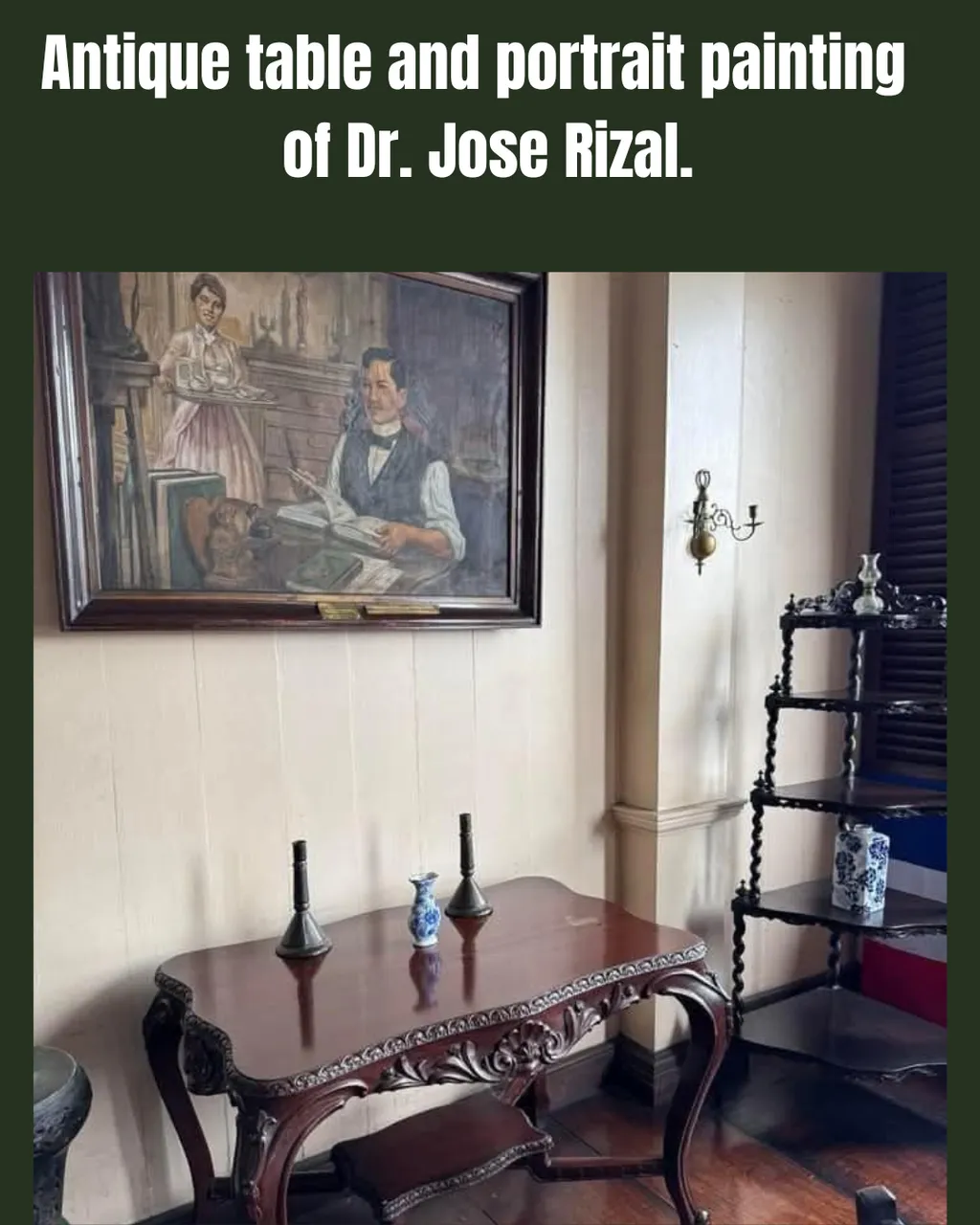
ANTIQUE TABLE AND PORTAIM PAINTING OF DR JOSE RIZAL
.This photo showcases an antique table and a portrait painting of Dr. Jose Rizal—a scene that seems to transport us back in time. On this elegant table, perhaps letters, books, or even a simple cup of tea once rested as Rizal reflected on his thoughts. The painting above captures a quiet yet meaningful moment in his life as a scholar, writer, and devoted son. Together, the artwork and furniture not only reflect the beauty of the era but also the depth of Rizal’s life, his passions, and his unwavering dedication to his country.

THEY ARE PARENT OF SEGUNDA KATILBAK THE FIRST LOVE OF DR, JOSE RIZAL
In this photo, we see the parents of Segunda Katigbak, the first love of Dr. Jose Rizal. Behind their quiet gazes lies the story of a youthful romance that never blossomed, yet left a lasting impression on the heart of our national hero. It was in the presence of the Katigbak family that Rizal first experienced the sweetness and sorrow of love a feeling that helped shape him into the sensitive and deeply human writer he became. In their faces, we glimpse a time filled with emotion, tradition, and hearts that knew how to love sincerely, even without the promise of a happy ending.

THE FOUR POSTER BED OF DR. JOSE RIZAL
This four-poster bed is found in the room of Dr. Jose Rizal in their home in Calamba, Laguna. It was likely here that the young Rizal rested after long days of studying, reading, or helping with household chores. Though the bed appears quiet and still, it may have been the very place where many of his dreams were born dreams that would later inspire his writings and his fight for the nation. This bed was not just a place of rest, but a silent witness to the making of a patriot and a genius whose legacy continues to shine in Philippine history.
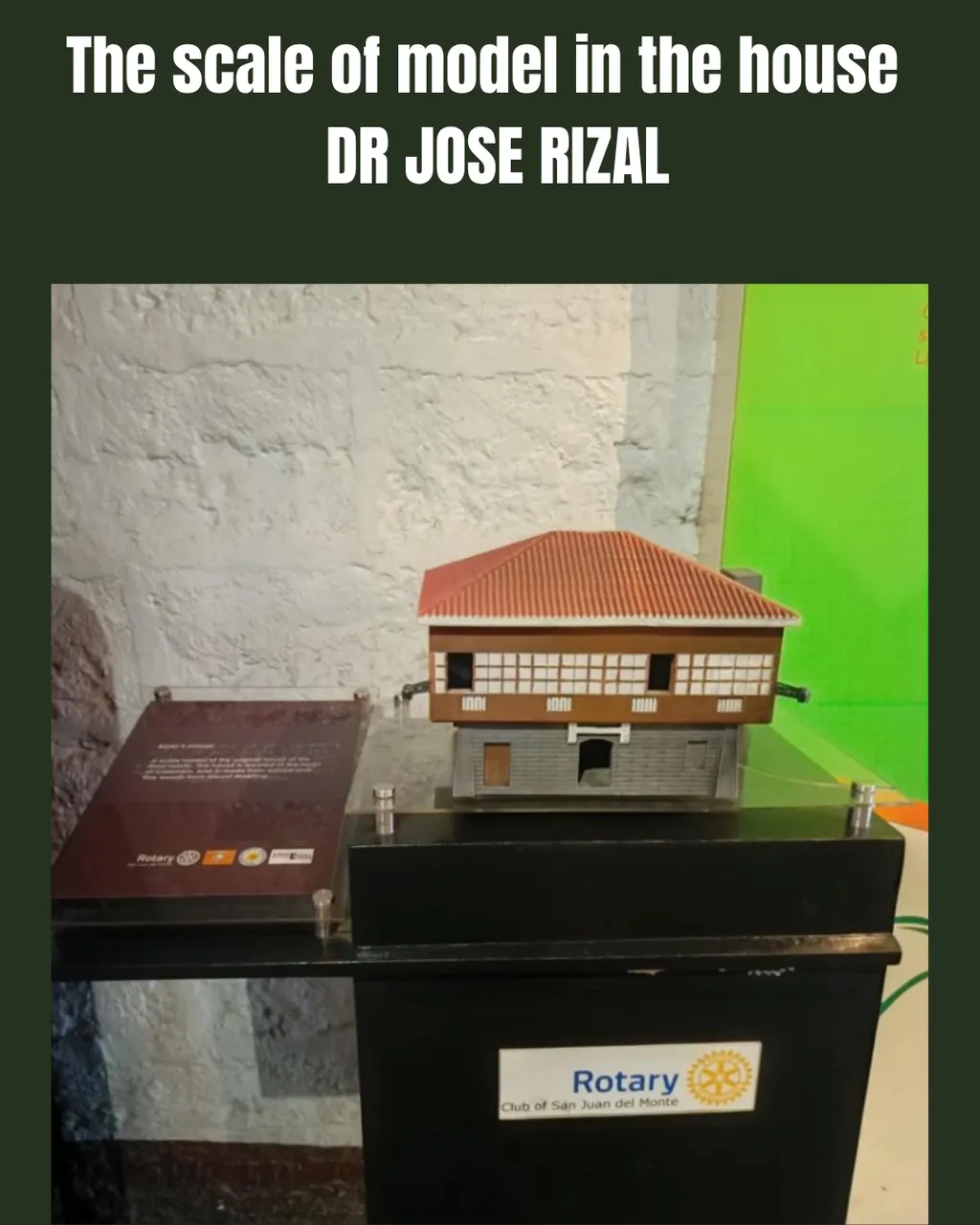
THE SCALE OF MODEL IN THE HOUSE DR. JOSE RIZAL
This miniature model of Dr. Jose Rizal’s house is a meaningful representation of the home where our national hero grew up. Despite its small size, it carries the spirit of history, culture, and the memories of a Filipino family during the colonial era. Every part of this model from the capiz windows to the red-tiled roof seems to reflect the moments that shaped Rizal’s character. It serves as a reminder that even the smallest objects, like this historic scale model, can be powerful bridges to a deeper understanding of our past and our identity as Filipinos.
This is where I end my sharing for now. I hope you enjoyed it and that you were able to gain some insights about our late national hero, Dr. Jose Rizal.
It has been my pleasure to share this with you.
Once again, yours truly,
Samantha Catindig 🙏🙏